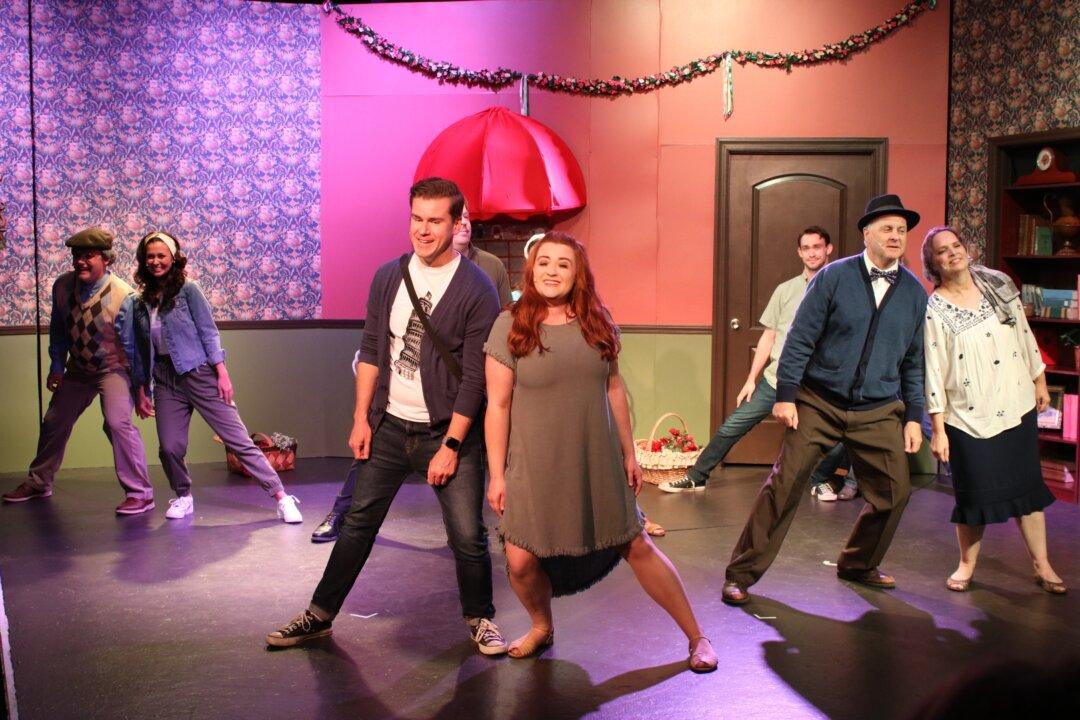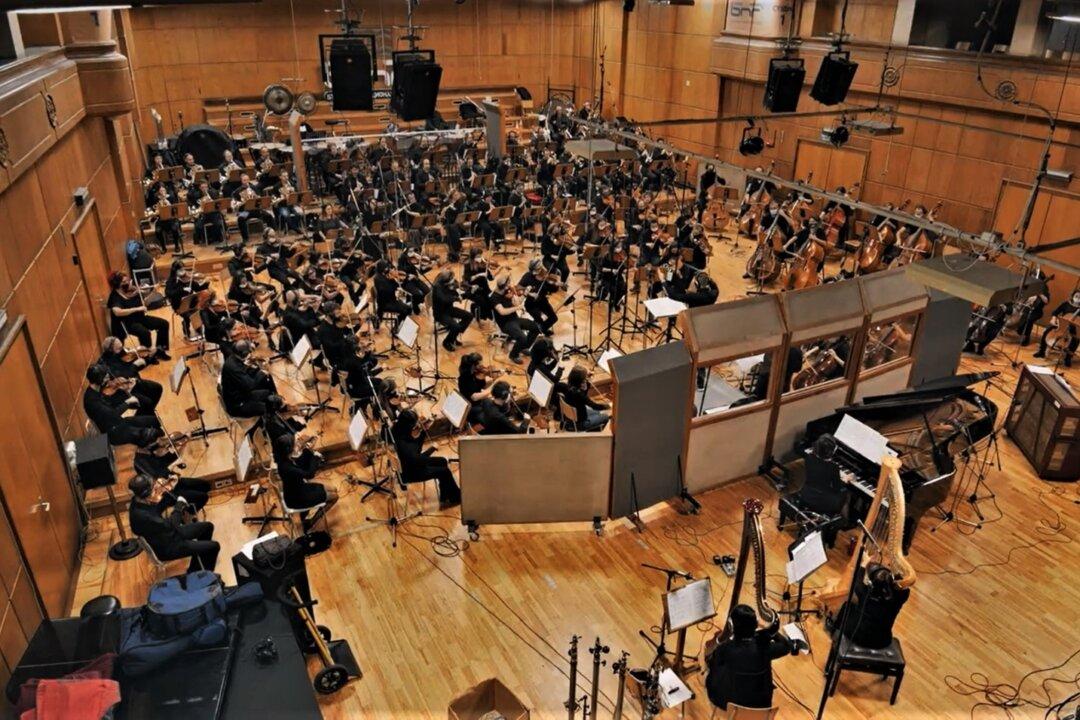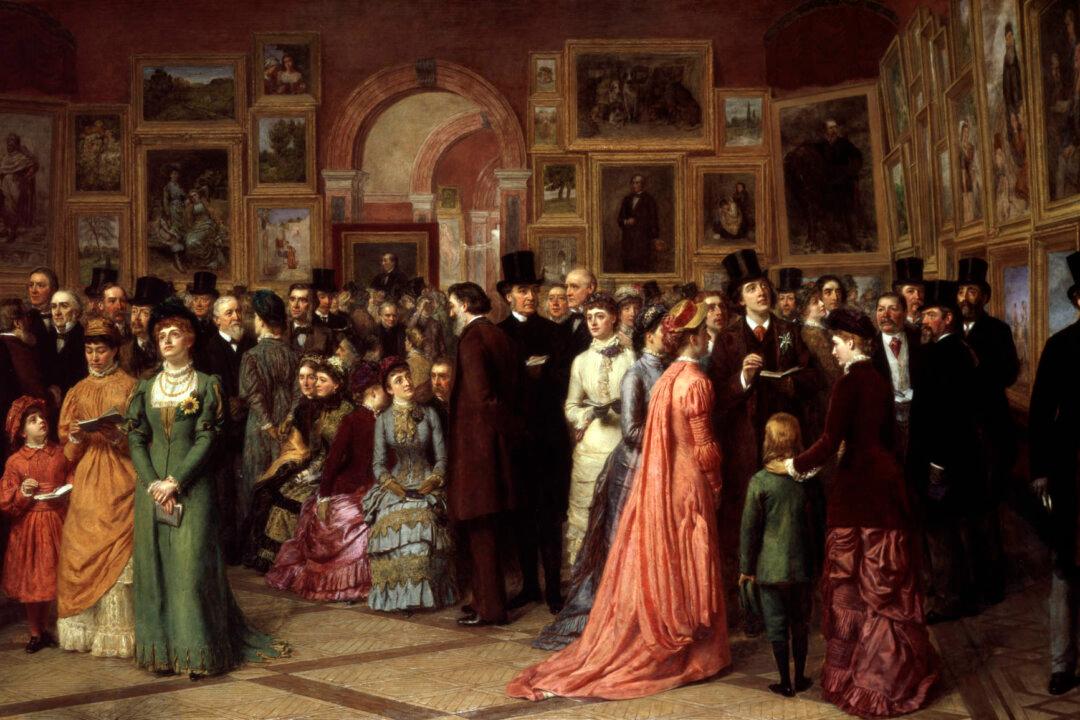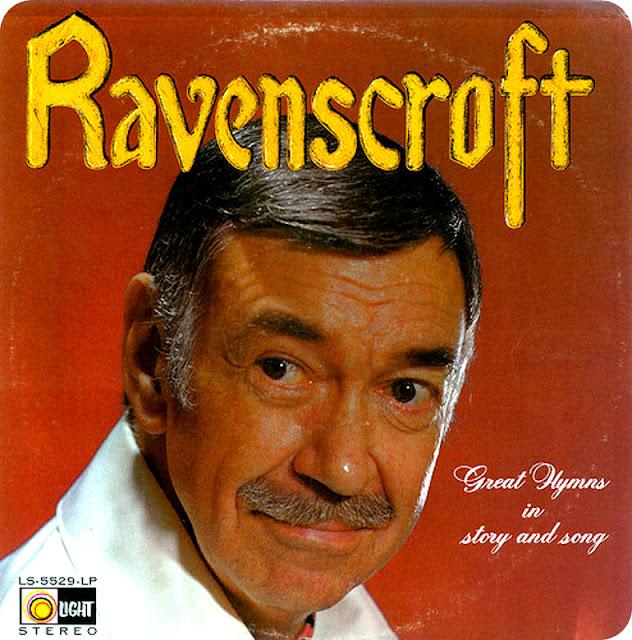I live in the greater Nashville, Tennessee, area with a population of around 1.3 million, and home to over 50 community theaters. I do not mean movie theaters or music venues or school shows, but independent theaters with a stage where live actors put on musicals and plays ranging from Shakespeare to Rodgers and Hammerstein. Over the past decade, being married to an active theatrical performer, I have been to many of these theaters multiple times and feel qualified to generalize just a bit about them.
They are typically smallish, seating only about 100 to 150 people, which creates a wonderfully intimate experience. Nashville, nicknamed “Music City USA,” has an abundance of talent, so most of the shows are well-acted and sung, in spite of often modest facilities, in shopping malls, former churches, or senior centers.






